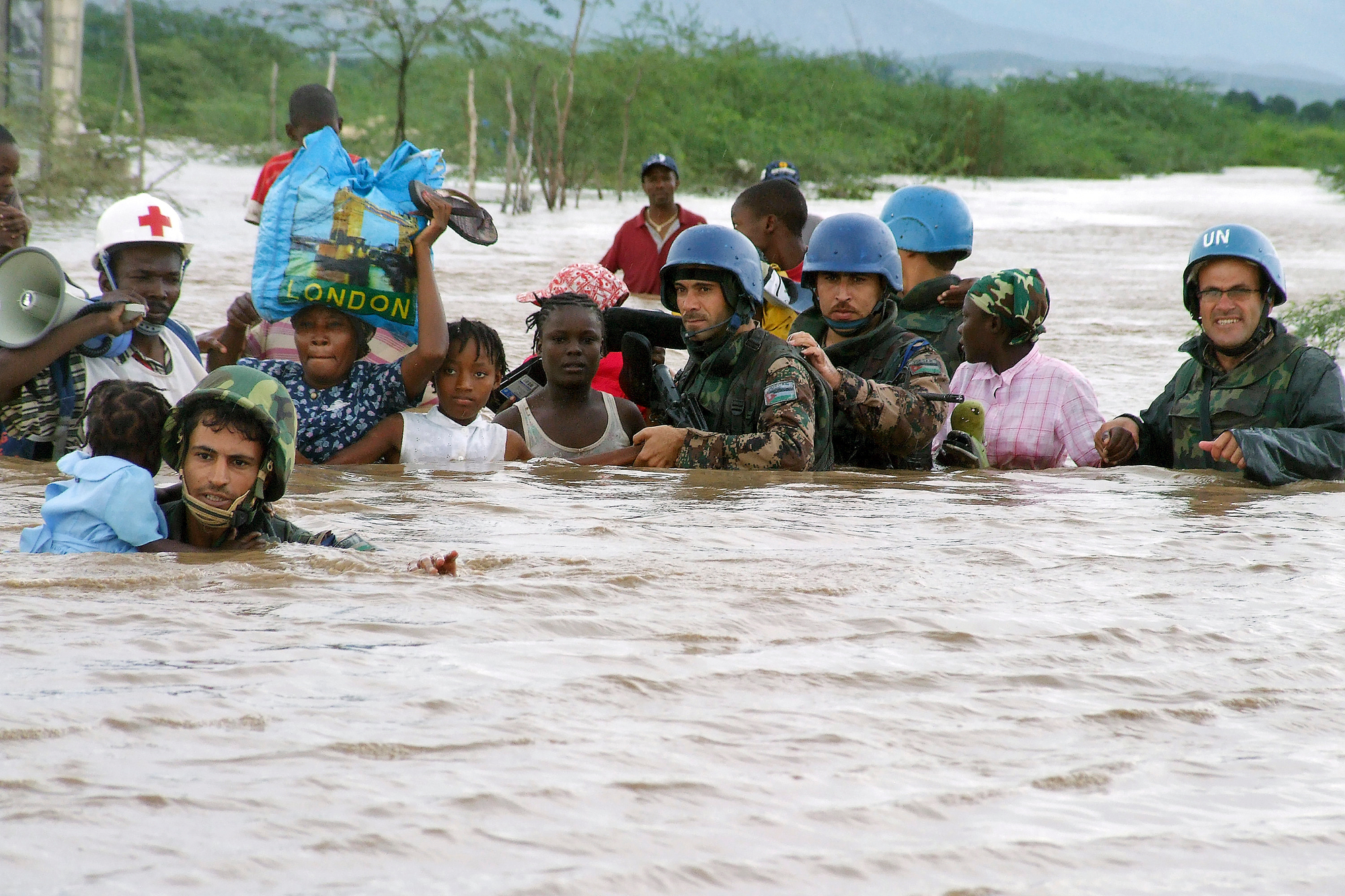For the world’s most vulnerable people, the UN functions as a global 911 service—a first responder that helps deliver food, shelter, clean water, medical assistance, and education to those caught in the middle of deadly conflicts or suffering in the aftermath of natural disasters. Given its high degree of international legitimacy, capacity, and reach, the UN is uniquely positioned to coordinate and lead these types of relief efforts.

2022, unfortunately, demanded more from the UN’s diverse network of first responders than any year in recent memory, and the needs in 2023 are again expected to outpace the preceding 12 months. In fact, the UN’s Global Humanitarian Overview for 2023 calls for $51.5 billion to reach 230 million people in need—an increase of $10.5 billion from the initial 2022 target released before the invasion of Ukraine.